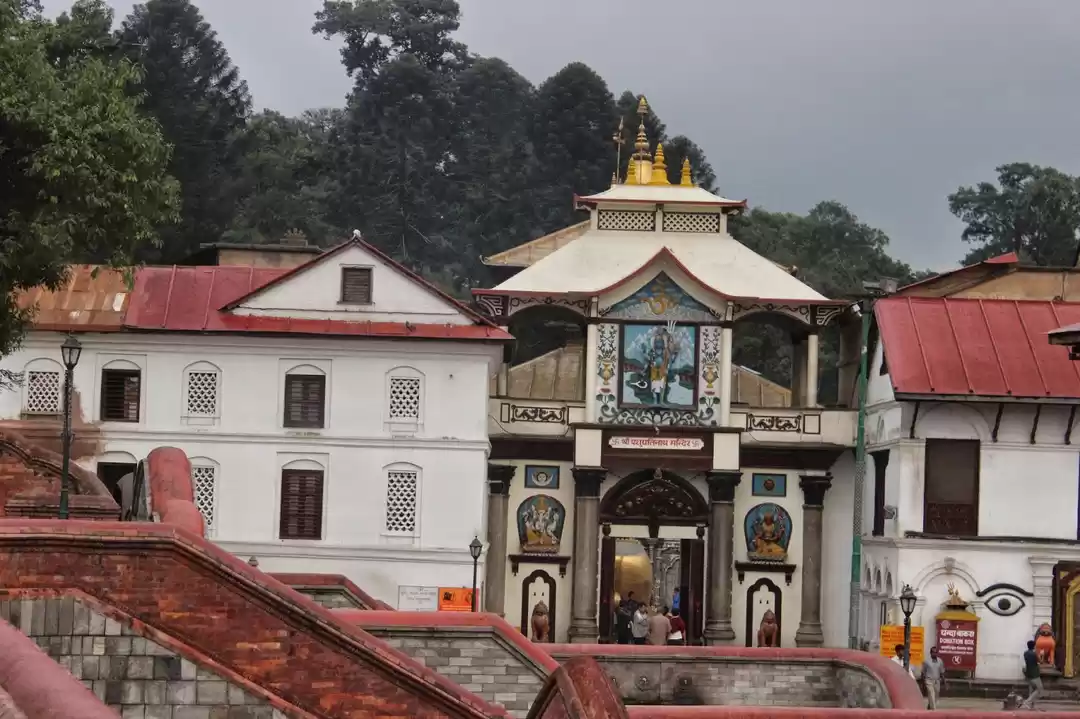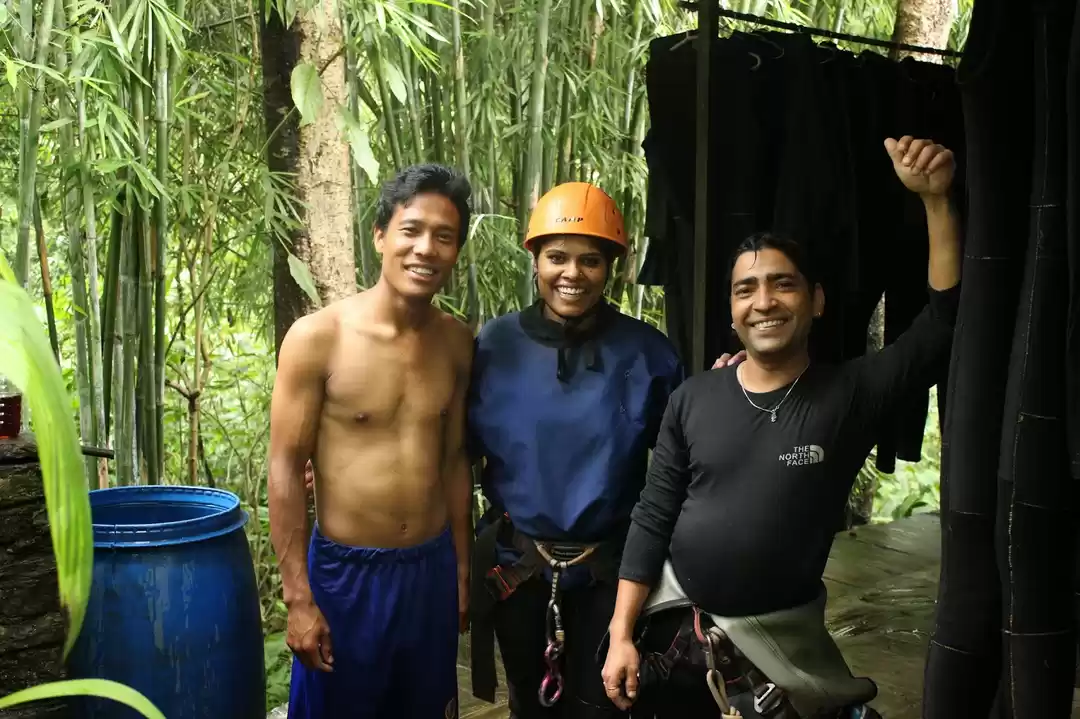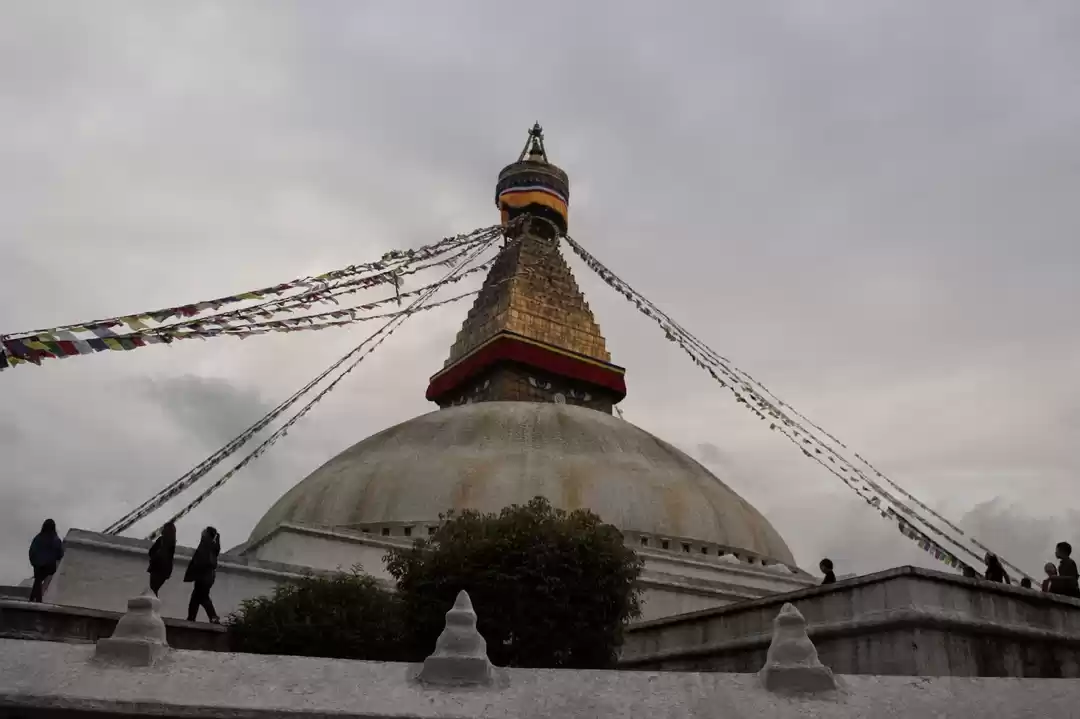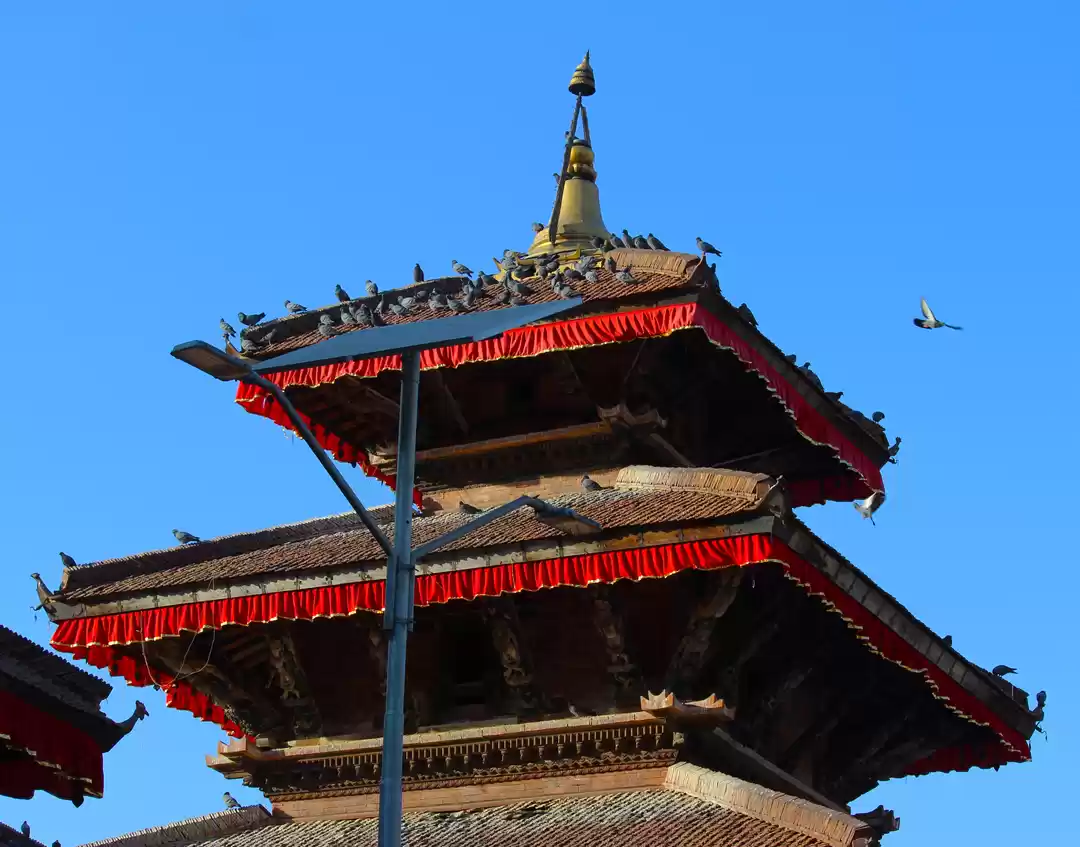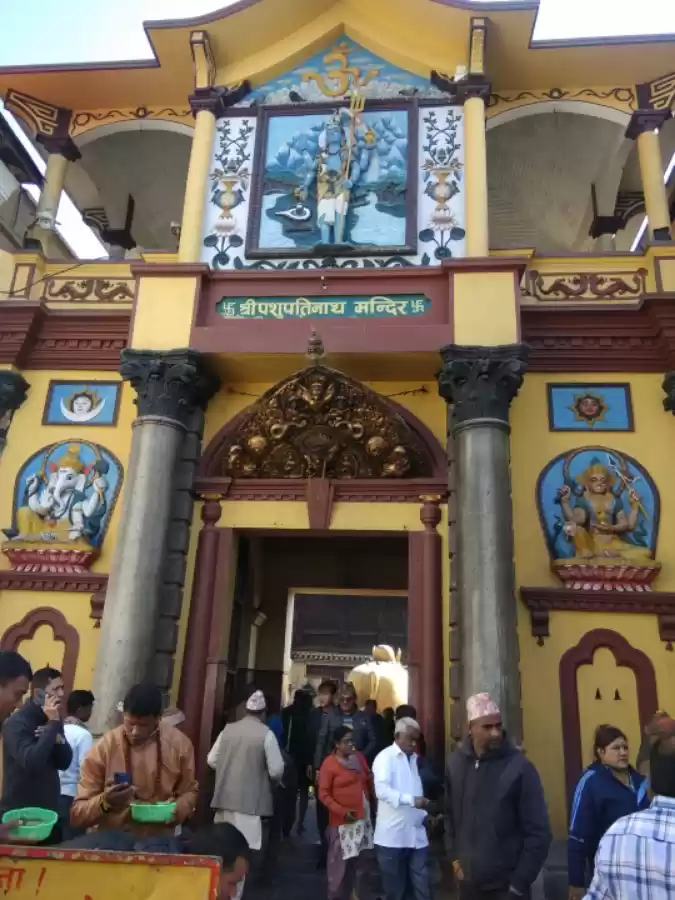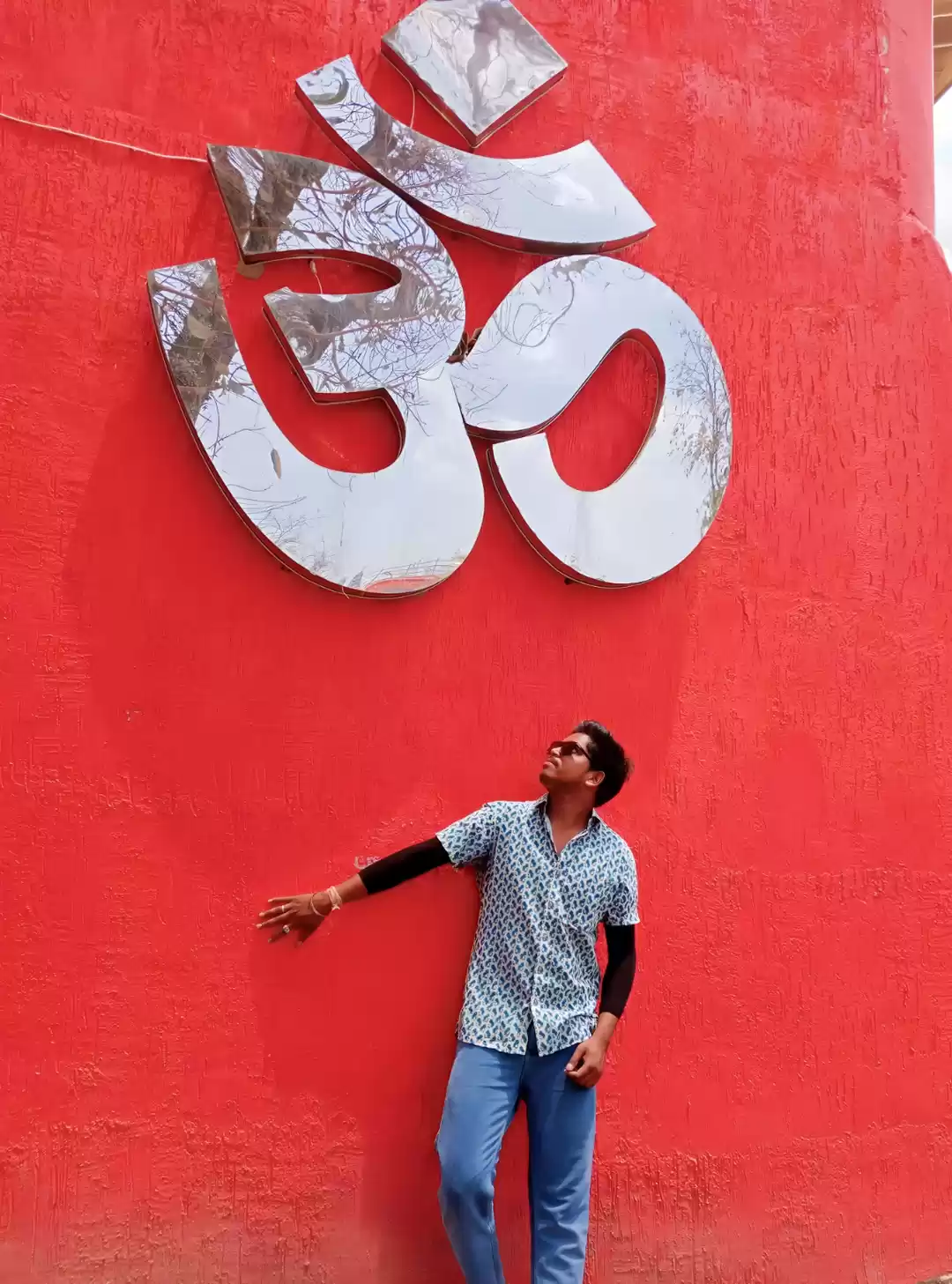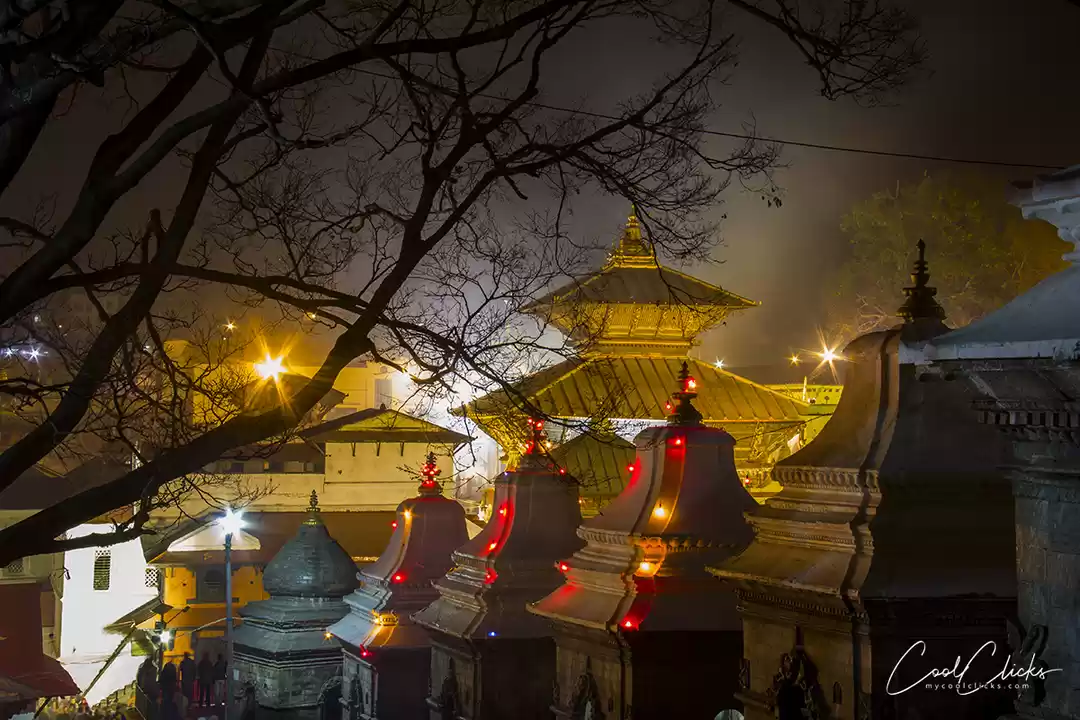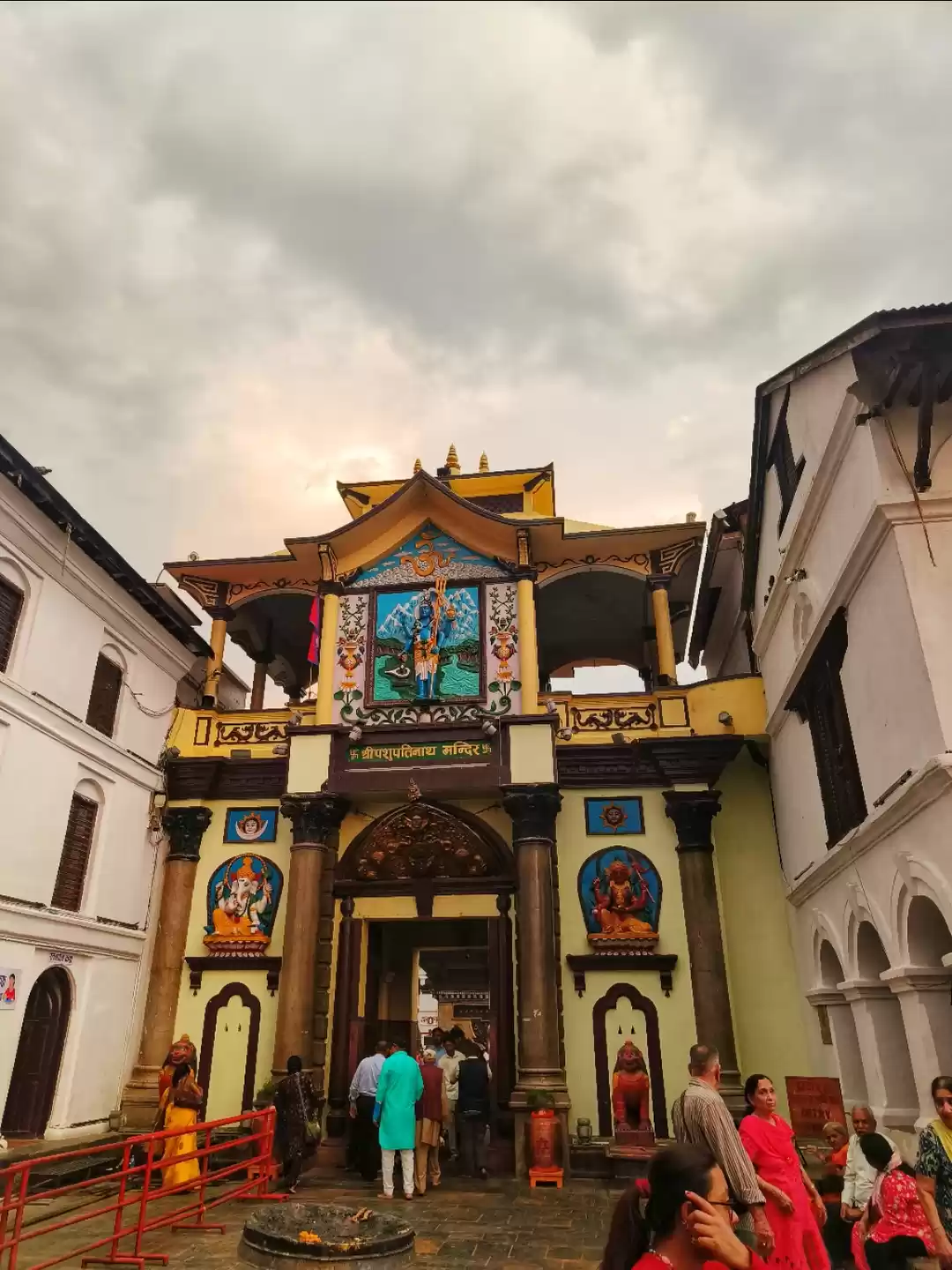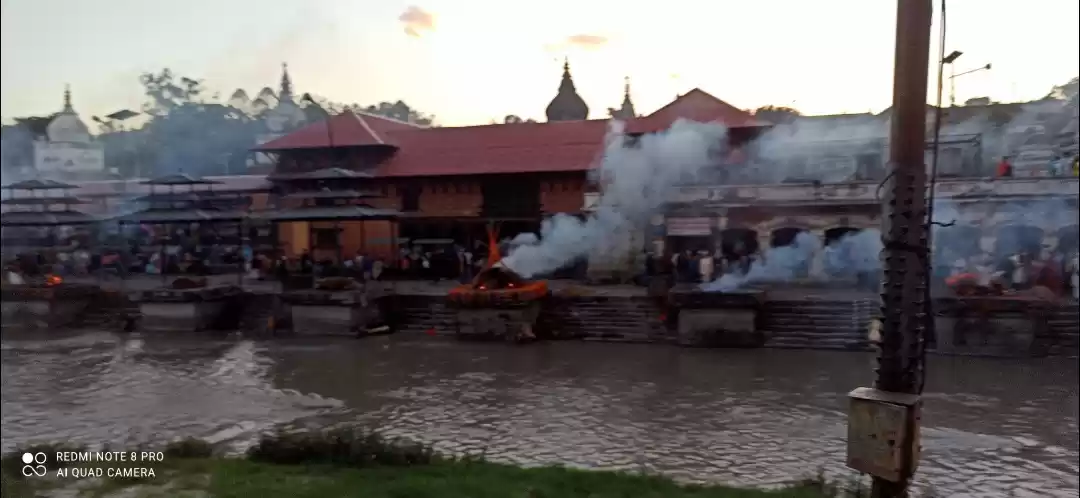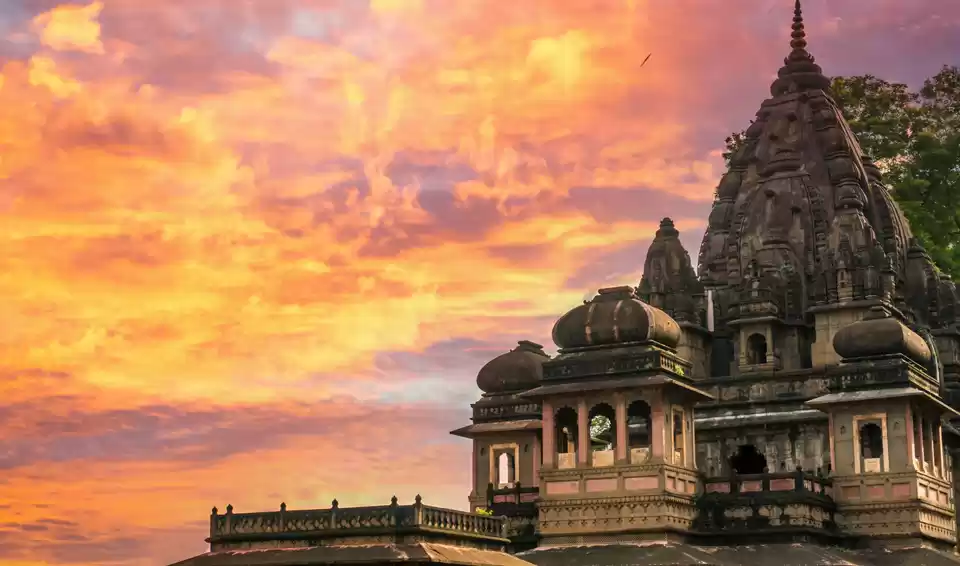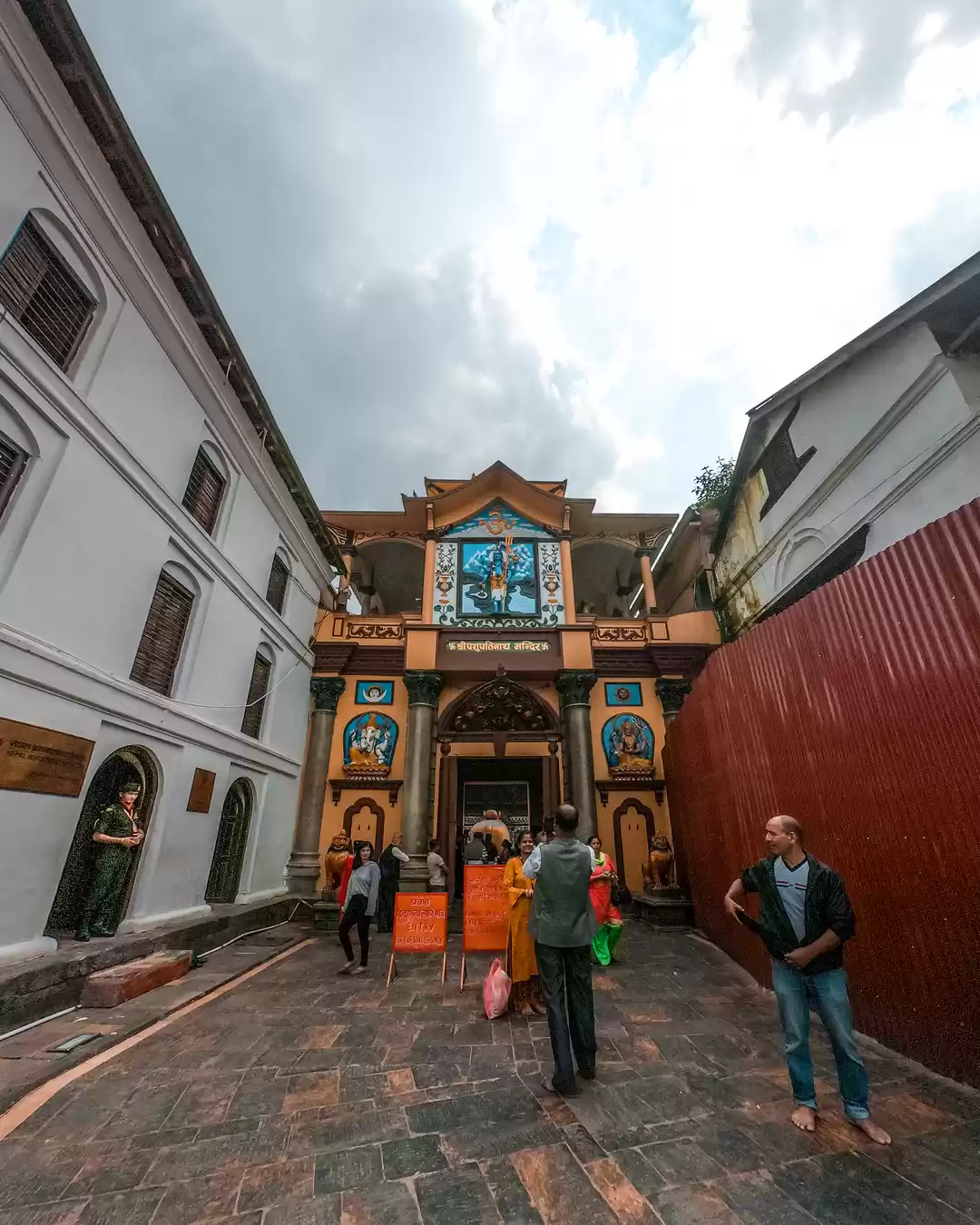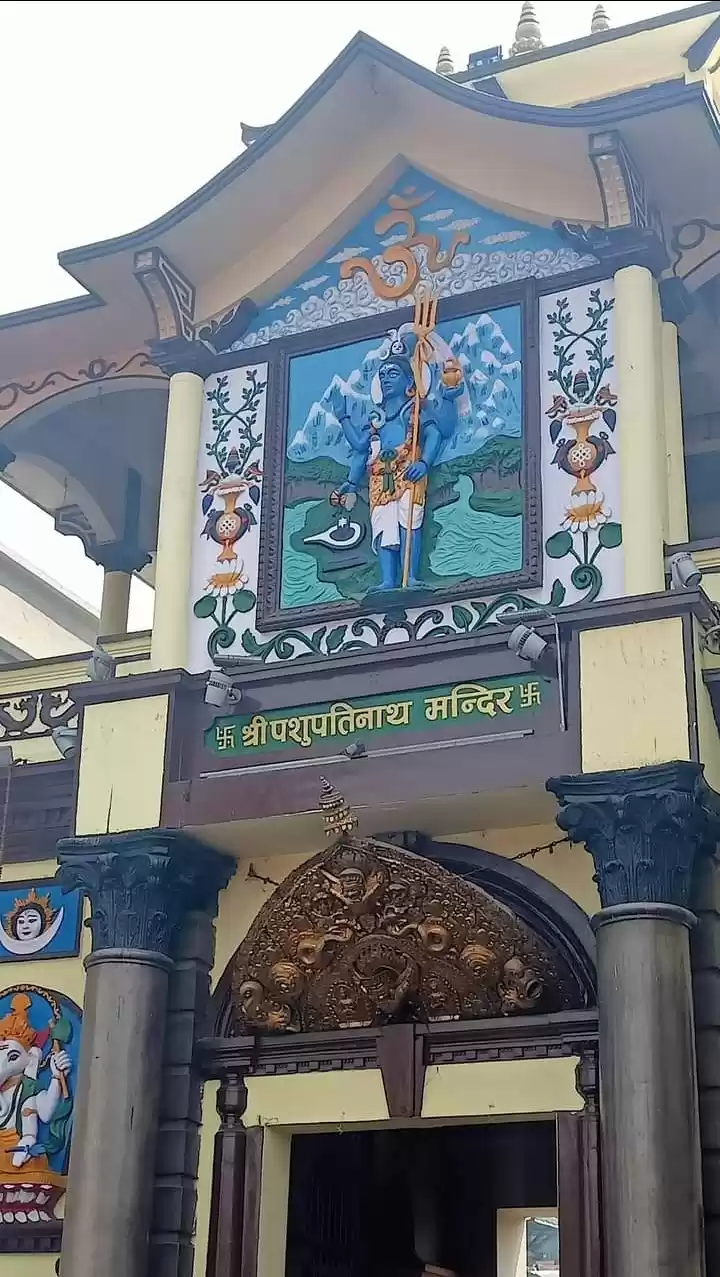Pashupatinath Temple is one of the most sacred and spectacular destinations in Kathmandu, Nepal. It is dedicated to Lord Shiva, the supreme god of Hinduism, and attracts millions of pilgrims and tourists every year. Whether you are a devout follower of Shiva, a curious traveler, or a culture enthusiast, you will find something to marvel at this ancient and magnificent temple complex.
In this article, we will explore the history and legends of Pashupatinath Temple, the architecture and features of the temple complex, the rituals and festivals of the temple, and the attractions and activities near the temple. By the end of this article, you will have a deeper understanding and appreciation of this holy and beautiful site, and you will be inspired to plan your next trip to Kathmandu.
The History and Legends of Pashupatinath Temple

Pashupatinath Temple has a rich and fascinating history that dates back to centuries. According to some sources, the temple was first built by Lichhavi King Supuspa Verma in the 5th century AD. However, some legends claim that the temple was already existing before that, and it was discovered by a cowherd who noticed that his cow would pour milk on a mound every day. When he dug up the mound, he found a lingam (a symbol of Lord Shiva) underneath it.
The temple has been renovated and expanded by various dynasties and rulers over the years, such as the Malla kings, the Shah kings, and the Rana prime ministers. The temple has also survived several invasions and earthquakes, and it is believed that Lord Shiva himself protects it from any harm.
There are many myths and stories associated with Pashupatinath Temple, such as how Lord Shiva came to reside there as Pashupati (the lord of animals), how he met his consort Parvati there, how he granted a boon to a demon named Bhasmasura there, how he blessed King Bhagiratha there, etc. These legends add to the mystique and allure of the temple.
The Architecture and Features of Pashupatinath Temple
Pashupatinath Temple is a masterpiece of architecture and art. The temple complex covers an area of about 264 hectares and consists of more than 500 temples, shrines, ashrams, ghats (steps leading to the river), and cremation grounds. The main temple is built in the Nepalese pagoda style with a gilded roof, four silver doors, and exquisite wood carvings. The main temple houses the sacred lingam of Lord Shiva, which is worshipped by thousands of devotees every day.
The temple complex also features various other structures that reflect different styles and periods of Nepalese culture. For example, there are temples dedicated to other Hindu gods and goddesses such as Vishnu, Ganesh, Hanuman, Durga, etc. There are also temples that showcase Buddhist influences such as Bajrayogini Temple and Gorakhnath Temple. There are also temples that display Mughal influences such as Ram Mandir and Bairav Nath Mandir.
One of the most striking features of Pashupatinath Temple is its location on the banks of the Bagmati River. The river is considered sacred by Hindus as it is a tributary of the Ganges River. The river also serves as a site for various rituals and ceremonies such as abhishekam (sacred bath), pinda daan (offering to ancestors), shradhha (memorial service), etc. The river also hosts the cremation ceremonies of Hindus who believe that dying at Pashupatinath Temple will liberate them from the cycle of rebirth.
The Rituals and Festivals of Pashupatinath Temple
Pashupatinath Temple is a hub of religious activities and celebrations throughout the year. There are various rituals and ceremonies that are performed at the temple on a daily, weekly, monthly, or annual basis. Some of these rituals are:
Abhishekam: This is a ritual where the idol of Lord Shiva is bathed with water, milk, honey, yogurt, ghee (clarified butter), etc. This ritual is done to express devotion and gratitude to Lord Shiva and to seek his blessings. The abhishekam is performed four times a day at different timings.
Aarti: This is a ritual where lamps are lit and waved in front of the idol of Lord Shiva while chanting hymns and prayers. This ritual is done to express love and admiration to Lord Shiva and to seek his protection and guidance. The aarti is performed twice a day, in the morning and in the evening.
Maha Shivaratri: This is the most important festival of Pashupatinath Temple. It is celebrated on the 14th day of the dark fortnight of the month of Falgun (February-March) according to the Hindu calendar. It marks the anniversary of Lord Shiva’s marriage to Parvati, as well as his manifestation as a column of light.
Teej: This is a festival that celebrates the union of Lord Shiva and Parvati. It is observed by Hindu women who pray to Lord Shiva and Parvati for marital bliss, happiness, and prosperity.
Bala Chaturdashi: This is a festival that commemorates the death of a prince named Bal Narsingh Malla who was killed by a snake bite while sleeping at Pashupatinath Temple. It is believed that his mother lit a lamp and sowed seeds on his grave to ensure his salvation. It is celebrated on the 14th day of the bright fortnight of the month of Mangsir (November-December) according to the Hindu calendar.
The Attractions and Activities near Pashupatinath Temple
Pashupatinath Temple is not only a religious site but also a cultural and natural attraction. There are many other places to visit near Pashupatinath Temple that offer different experiences and perspectives. Some of these places are:
Boudhanath Stupa: This is one of the largest and most sacred Buddhist stupas in the world. It is located about 3 km from Pashupatinath Temple. It is a symbol of peace and harmony and attracts thousands of pilgrims and tourists every year.
Swayambhunath Stupa: This is another ancient and revered Buddhist stupa that is located on a hilltop about 5 km from Pashupatinath Temple. It is also known as the Monkey Temple because of the large number of monkeys that live there. It offers a panoramic view of Kathmandu Valley and its surroundings.
Durbar Square: This is a historical and architectural marvel that is located in the heart of Kathmandu City about 6 km from Pashupatinath Temple. It is a UNESCO World Heritage Site that consists of several palaces, temples, courtyards, statues, fountains, etc. that date back to different periods of Nepalese history. It also hosts various cultural events and festivals throughout the year.
Thamel: This is a vibrant and colorful neighborhood that is located about 7 km from Pashupatinath Temple. It is a popular destination for travelers who want to experience the nightlife, shopping, dining, entertainment, and adventure options in Kathmandu.
Nagarkot: This is a scenic hill station that is located about 32 km from Pashupatinath Temple. It is a perfect place for nature lovers who want to enjoy the fresh air, greenery, and tranquility away from the hustle and bustle of Kathmandu. It offers a stunning view of the Himalayan mountains, especially at sunrise and sunset.
Also read: This Shivaratri - Visit Pashupatinath Temple
Pashupatinath Temple is a sacred and spectacular destination in Kathmandu that offers something for everyone. Whether you are interested in history, architecture, culture, religion, or nature, you will find something to admire and enjoy at this ancient and magnificent temple complex. Pashupatinath Temple is not only a place of worship but also a place of learning, exploration, and discovery. It is a place where you can connect with your spirituality, your heritage, and your humanity.


























